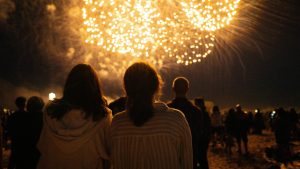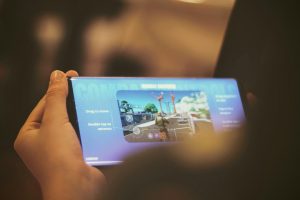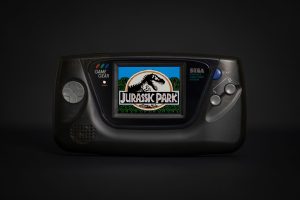Sleep Safaris: Tracking Melatonin Levels via Smart Tents
Imagine sleeping under the stars, immersed in the sights and sounds of nature, while also having your sleep quality monitored and optimized. This experience is now possible with the emerging trend of sleep safaris. But what exactly are sleep safaris, and how are they tracking one’s sleep patterns? In this article, we’ll dive into the world of sleep safaris and explore the innovative technology of smart tents that use melatonin levels to enhance the sleeping experience. Let’s embark on this unique journey of sleep discovery.
The Rise of Sleep Safaris
Sleep safaris have been gaining popularity among travelers seeking a unique and rejuvenating experience. Unlike traditional safaris that focus on wildlife and adventure, sleep safaris center around providing a restful and restorative sleep in the great outdoors. These safaris are all about connecting with nature, disconnecting from the hectic urban life, and finding inner peace through a good night’s sleep.
Sleep safaris can be found in different settings, from campgrounds to luxury accommodations, but they all have one thing in common – a focus on the sleep experience. These safaris use a combination of natural and technological factors to optimize the sleeping environment and promote a good night’s rest.
The Role of Melatonin in Sleep Safaris
Melatonin is a natural hormone that regulates the sleep-wake cycle in our body. As the sun sets and darkness falls, the pineal gland in our brain releases melatonin, preparing our body for sleep. However, with the increasing use of artificial lighting and screens, our melatonin levels can get disrupted, leading to sleep disorders.
Sleep safaris utilize this knowledge of melatonin to create an ideal sleep environment. One of the emerging ways to track and optimize sleep on these safaris is through the use of smart tents.
Introducing Smart Tents
Smart tents are a game-changer in the world of sleep safaris. These tents are equipped with sensors and technology that can monitor the environment and collect data on an individual’s sleep patterns. The data is then analyzed and used to adjust the tent’s temperature, lighting, and other factors to promote better sleep.
One of the key components of smart tents is the ability to measure melatonin levels. Some tents are equipped with sensors that can detect changes in melatonin levels and adjust the environment accordingly. For example, as the evening goes on, and melatonin levels start to rise, the tent’s lighting will gradually dim, mimicking the natural sunset and promoting a more relaxed state for sleep.
How Smart Tents Work
The sensors in smart tents work by detecting fluctuations in melatonin levels through a person’s skin. They use a process called spectrophotometry, which measures how much light is absorbed by a certain substance. In this case, the sensors measure the amount of light absorbed by melatonin on the skin to determine its levels in the body.
Smart tents also come equipped with noise-cancelling technology to block out any external noise and provide a peaceful sleeping environment. Some tents even have the ability to monitor heart rate and breathing, allowing for a more thorough analysis of sleep quality.
The Benefits of Sleep Safaris
With the use of smart tents and technology, sleep safaris offer numerous benefits to those seeking a better sleep experience. These include:
1. Improved Sleep
The most obvious benefit of sleep safaris is the potential for better sleep. By optimizing the sleep environment and keeping track of melatonin levels, these safaris aim to provide a restful and restorative sleep for their guests.
2. Reconnection with Nature
With the constant use of technology and artificial lighting, many of us have lost touch with nature’s natural rhythms. Sleep safaris offer a chance to disconnect from the modern world and reconnect with the great outdoors, promoting a sense of inner peace and relaxation.
3. Long-term Health Benefits
Improving sleep quality has numerous long-term health benefits, including better immunity, improved mood, and reduced risk of chronic diseases. By offering an optimal sleep environment, sleep safaris can contribute to one’s overall health and well-being.
Conclusion
Sleep safaris are revolutionizing the way we think about sleep and offering a unique opportunity to disconnect and optimize our sleeping experience. With the integration of technology and nature, these safaris offer a perfect blend of comfort and adventure. As smart tents continue to evolve and improve, the future looks bright for sleep safaris, and we can’t wait to see what else they have in store for us. Sweet dreams!











